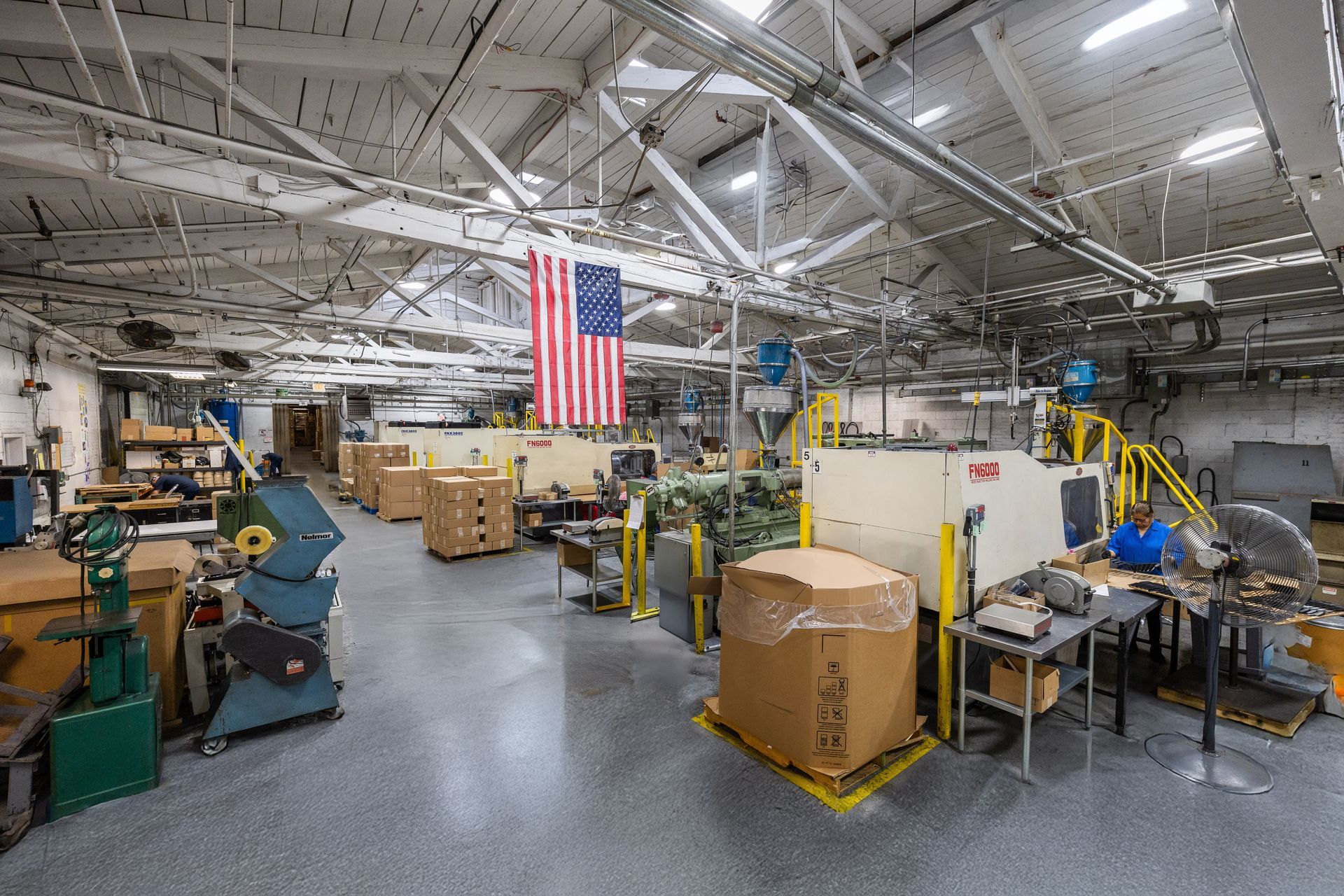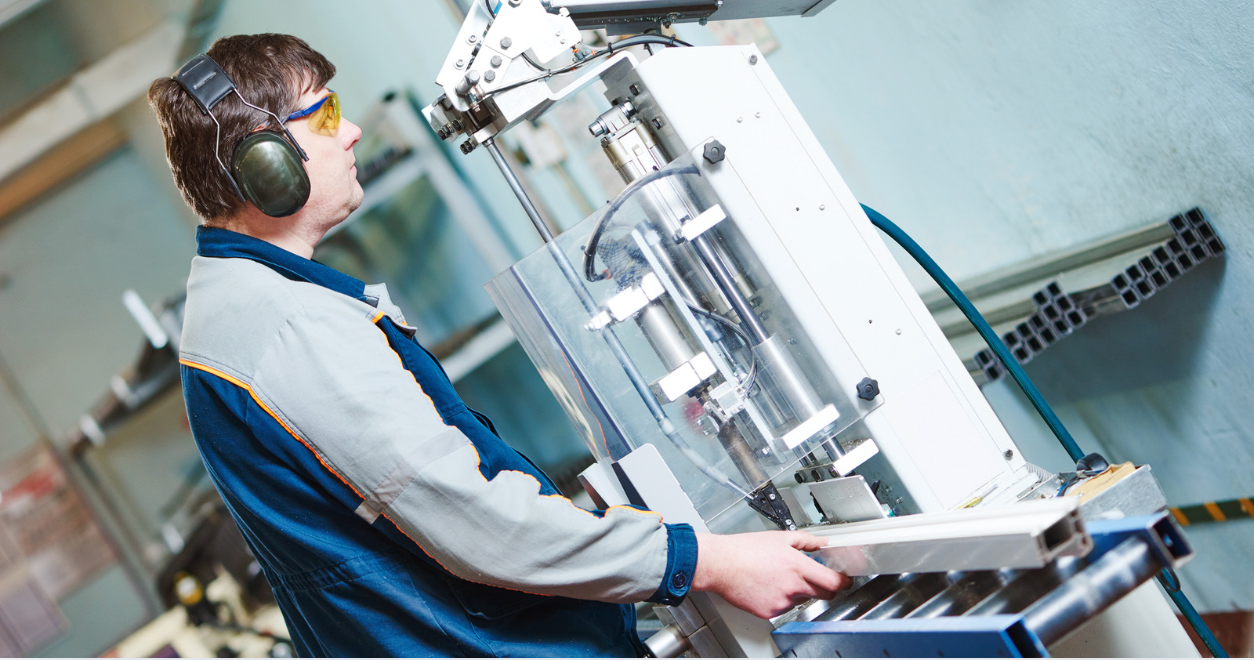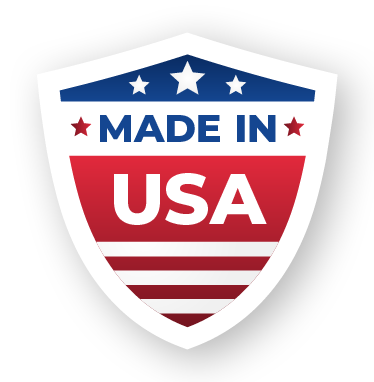Comparing Injection Molding vs. 3D Printing
Injection molding and 3D printing are popular techniques to create a variety of products, from prototypes to components and shelf-ready products. While both processes make use of many of the same plastic resins and can produce similar results, there are situations in which one technique may be more suitable than the other.
Comparing Injection Molding and 3D Printing
Both processes involve the shaping of heated plastic, either through molding or layered deposits. In both cases, precise parts can be consistently made, though sizes are limited by the available printing area or mold capacity. Choosing either of these effective plastic manufacturing processes depends on your specific requirements.
When To Choose Injection Molding
Injection molding requires the design and creation of a mold, into which the molten plastic resin will be injected, cooled, and the completed part ejected. Injection molding is most suitable:
- For longer production runs, especially as molding costs can be spread over a large volume of parts
- When production schedules allow lead time that includes tooling — the actual injection molding process is quite rapid
- When perfectly smooth results are required (3D printing may require finishing and printing layers may show)
- When strength is a concern since injection molded parts don't have layer lines
- When reduced friction between parts is desired
When To Choose 3D Printing
Creating parts layer by layer, 3D printing is a great choice when:
- When frequent adjustments or updates are needed during production
- When producing smaller runs (generally 100 or fewer)
- When you need more immediate results (without tooling time)
- When designs have gaps, spaces, or branching parts which are more challenging for injection molding
At Bennett Plastics, we apply our decades of experience to helping you determine the best designs, materials, and manufacturing processes to create your products. Contact us today to learn more about our custom plastics manufacturing services.
Recent Articles











